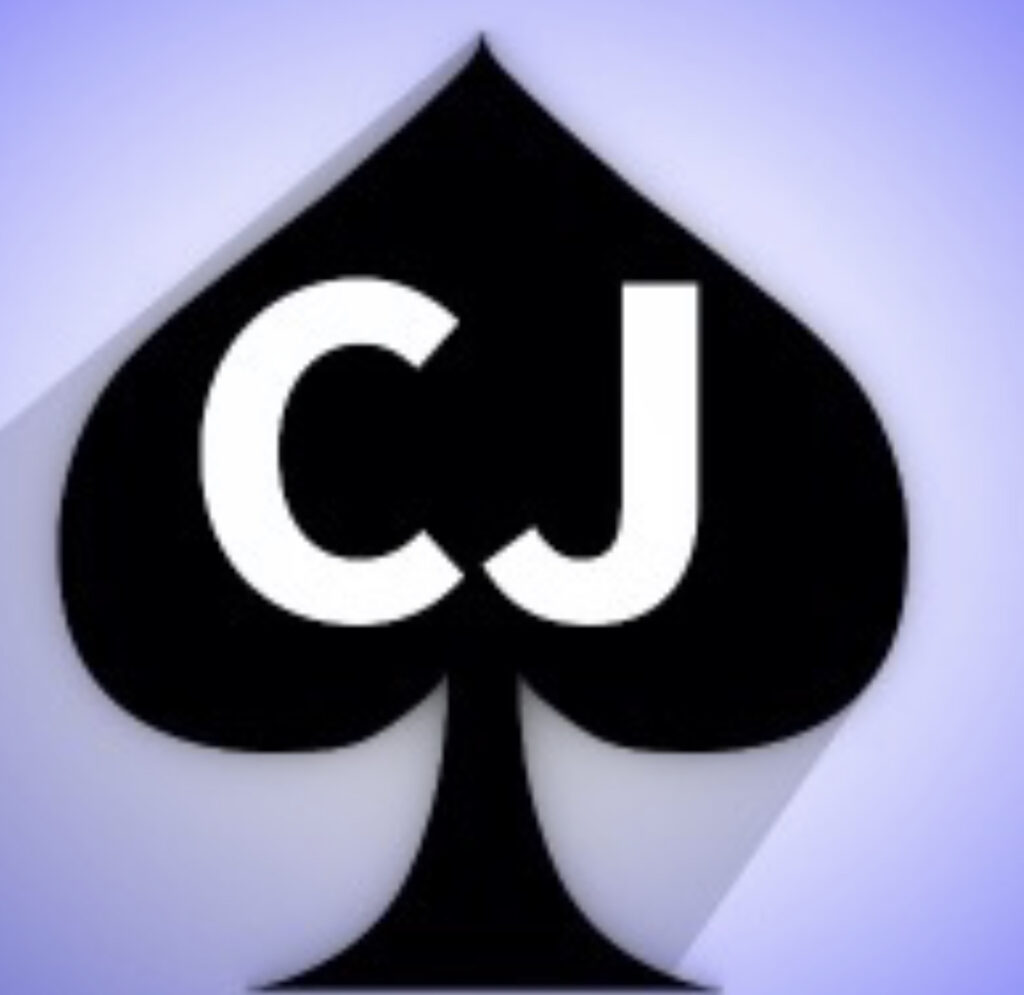Canasta is a really fun and social card game – It was devised in Uruguay in 1939 and gained popularity in the US in the 1950’s. It has definitely made a comeback and that is apparent by the number of students I’ve taught Pre-Covid and those that I am now teaching virtually. It is played with four-players in two teams, with many rules, penalties, bonuses, special hands and strategy!
As it is normally played on a small card table, many are finding it difficult to play safely, in-person during the pandemic. But it’s not stopping us Canasta fanatics. Most people are playing on the Canasta Junction App, either with their friends or the computer. I have found it to be a great diversion during these months of quarantine and a great way to stay connected to your friends as the weather gets colder and we are spending more time at home.
The game is played with two 52 card decks of cards plus four picture jokers, making a pack of 108 cards.
The game is played in several hands where teams accumulate points.
- 8500 points wins the game.
- The object of each hand is to make a minimum of two canastas and to “go out” (use all of your cards) before the other team.
- Players use the cards in their hand to fit into groupings called MELDS (3 or more cards of the same rank).
- You score points by MELDING cards and making CANASTAS which is a Meld of 7 cards.
Tips for playing on the CJ app.
- To play against the computer you click on vs. A.C.E.
- Adjust the speed of the game to match your playing level.
- The computer only plays Base 5. This means that once you or your partner are open, no additional wild cards can be added to any existing meld unless there are at least 5 natural cards. Once your team opens, any NEW melds must be a natural meld of three cards.
- When creating a game with others, you can choose to change the parameters of the game to wilds anytime (a wild may be used with any pair throughout the hand), create an optional password so that you can play with friends and select whether the game will be played with 2 or 4 players.
- You have a few advantages playing against the computer – the computer does not play special hands or pick the pack to open. You may do both!
- Although the computer keeps track of Aces and Sevens, it does not signal or understand your signal.
- Click on Instructions to see which Special Hands are recognized by the app. They may differ from your personal game.
- The computer automatically replaces your 3s, gives your talon, and counts all of your points. Keep this in mind when you return to playing in person with friends. You’ll need to adjust to doing all of this yourself again!
- Some games occasionally have glitches but this does not take away from the fun of playing.
Good Luck and Have Fun!
Lori Greene has been teaching canasta privately and through continuing education programs for 7 years. She is now teaching via Zoom classes. She is passionate about the game and particularly loves how her groups have continued playing long after their lessons have ended. In her free time, she enjoys cooking and entertaining (pre-Covid). She is a 25 year resident of Armonk. She can be reached at canastaqueene@gmail.com.
Follow Lori on Instagram for weekly strategy tips @canastaqueene

